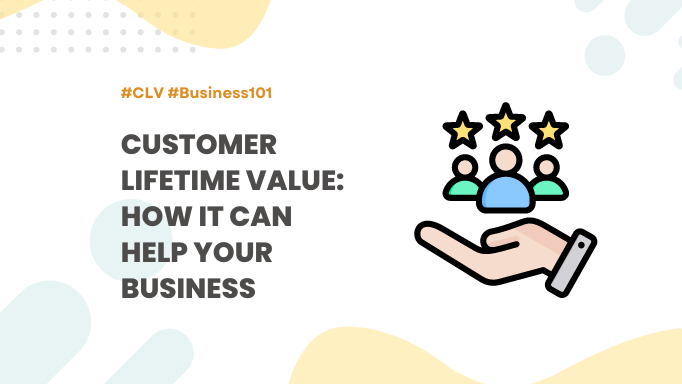It is every businessowner’s dream to have plenty of loyal customers—people who would repeatedly buy from them and tell all their friends and families. That dream is justified too—retaining customers not only cost a fifth of what’s required to acquire a new one, they are also at least three times more likely to buy from you. Even 5% increase in retention rates would correspond to a 25-95% increase in profits.
But how can you tell how loyal a customer is? Loyalty is an no more an abstract concept that cannot be seen or touched for there are metrics that measure factors relating to loyalty that you can use, one of them being the Customer Lifetime Value.
You’ve probably heard of it before. Just like Net Promoter Scores, a Customer Lifetime Value (CLV) helps you to measure how loyal a customer is to your brand. It takes into account several factors regarding a customer that contributes to the total revenue that the customer would bring to your brand.
Why Is CLV Important?
1) Increasing Revenue
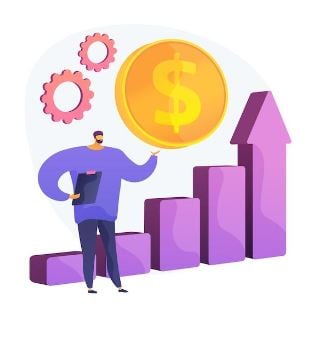
As CLV calculates the total amount of revenue a person would contribute to the company’s coffers during their customer lifespan, increasing your customer’s CLV would increase your revenue by extension. A few dollars per person may not seem like much, but if you have many customers, adding everything up can bring you to a grand total that you wouldn’t expect!
2) Find the Right Customer to Target
By analysing the customer segment with the highest average CLV, you can figure out which segment to focus your marketing efforts on. If most of your customers are millennials, then it makes sense to tailor your campaigns towards them instead of, say, the silver generation.
This is especially important when you’re trying to acquire new customers. Marketers would like to spend as small a budget on acquisition as possible. The main reason is the aforementioned cost difference in acquiring a new customer and retaining them. As such, it is imperative that they find customers who would give them the highest return-on-investment (ROI) so that they will not make a loss.
Customers with the best ROI are consumers whose CLV exceeds that of their acquisition costs. That way, you can be sure that after converting the customer, the company can make back the amount that was used to convert them. Knowing the CLV of your customers can save you a lot of time, money, and effort.
3) Identify Persistent Issues
When you see that your overall average CLV has been low for a while, or it has suddenly dipped, that means that something’s up. Customers are either unhappy with their experience, or there are competitors offering them better deals out there.
You would have to investigate the cause of this—figure out whether your customers aren’t buying as much as they used to, or because they’ve left your brand for your rival. Either way, you have to do something about it, or you’re going to find yourself losing out on potential business and revenue!
2 Models of CLV
Historical CLV: This model uses your existing customer data, the gross profits from a certain customer, to determine how much an individual customer is already contributing to your revenue.
Predictive CLV: This model takes into account the current data you have to predict how much a customer would ultimately contribute to your revenue throughout their entire customer lifespan. The formula below would correspond to this model of CLV.
How to Calculate CLV
Now that we are aware of the importance of CLV, the next thing that you’d need to know is how to calculate it. The formula is fairly straightforward:
The CLV is roughly equals to the average amount of a customer’s purchase * how often they purchase from you over a certain time period * your average customer lifetime.
How to Improve Your CLV
Now that you are aware of your customers’ CLV you need to work on improving it. As CLV is an indirect measurement of your customers’ love for your brand, you can think of it as a measure of how engaged they are—to increase your customers’ CLV, you need to know how to engage them more.
Customer experience alone would induce buying in 74% of customers. Even better, 86% of customers are willing to spend more for a great customer experience. That is good news for both your customer retention and the amount spent per purchase—both of which contribute to your customers’ CLV.
How do you get your customers more engaged, and more loyal? Here are 6 ways that you can improve CLV through customer engagement and retention.
1) Make Your Onboarding Seamless

Retailers often forget that customers may need assistance after they make the sale—receiving the item and walking out of the store (if it’s an in-store purchase) is not the be-all, end-all to the customer journey. What if the product malfunctions and the customer needs assistance? What if they are interested in another product and would like to reach out to you?
The onboarding process is just as important as any other touchpoint in the customer’s journey. 63% of customers consider the onboarding process when deciding whether to continue their journey with a brand.
How do you make your onboarding process seamless then, given the weight that customers put on it?
First, as mentioned, personalisation is key. 58% of customers say that it is crucial that they receive a personalised experience during onboarding. When they visit your store’s website, or when they download your app, you should be able to offer them content such as advertisements or articles that are related to what they have just bought from you.
Second, you could take the initiative to check up on your customer and their products. Sending an email asking them whether everything is proceeding as planned and whether there are any hiccups can make a customer feel all warm and fuzzy inside. If they feel loved, they’d be more than willing to return and purchase from you.
Third, you could make sure that customers know where and how to contact you. This could be as simple as providing them a phone number or email address during their purchase. Not only that, but you must ensure that your customer service staff can answer their queries in a polite and welcoming manner, with as minimal delay as possible. Bad customer service can severely hurt your business—78% of customers would switch to a competitor after a bad experience.
2) Upselling & Cross-Selling
Another quick way to increase the amount a customer spends on your products would be to upsell or cross-sell. This is done by persuading them to buy more than they intend, or to purchase an item that was more expensive than the initial purchase.
As customers increase the amount spent on your products per purchase, you could increase the total revenue that you would earn from them during their customer lifespan—adding on to their CLV.
However, keep in mind that customers are looking for personalised experiences, even when you are upselling or cross-selling. To increase the chances that they would purchase the more expensive items from you, you would need to offer them items that they would be interested in—one way you can do this is to analyse their purchase history.
Fast food outlets tend to cross-sell by prompting customers to buy add-ons to their meal, such as adding more sides. They may also upsell by getting customers to upgrade their meals as well.
3) Invest in Customer Engagement
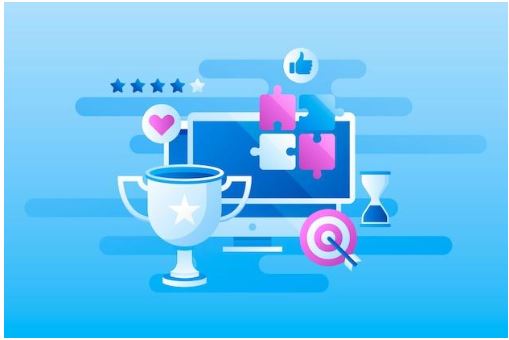
Customer engagement is not just restricted to the onboarding process. You should be engaging your customers at all the touchpoints that you have identified on your customer’s journey.
Essentially, the goal of customer engagement is to make your customer interested and invested in your brand. You know you have succeeded when they want to come back to you and continue interacting with you. As mentioned, one way to do that would be to personalise their shopping experience with promotions for items that they are likely to buy.
Another way to accomplish this is by invoking excitement in your customers. Nowadays, people are seeking entertainment and thrill, and what better way to appeal to that desire than by giving them minigames to play?
Gamification is the application of gaming elements to non-gaming environments. Humans are naturally competitive—why not draw them in with the chance to win prizes in games?
70% of global 2000 companies have already implemented gamification into their marketing campaigns. This is not without reason—81% of respondents to Review42’s survey claim that they feel a greater sense of belonging with a company when they engage in gamified activities.
By using games such as Mystery Boxes, Spin the Wheel or Scratch Cards, you can keep customers engaged and want to spend more time on your web page or app, effectively increasing their exposure to your brand. Studies have found that gamified websites boost browsing times by up to 30%.
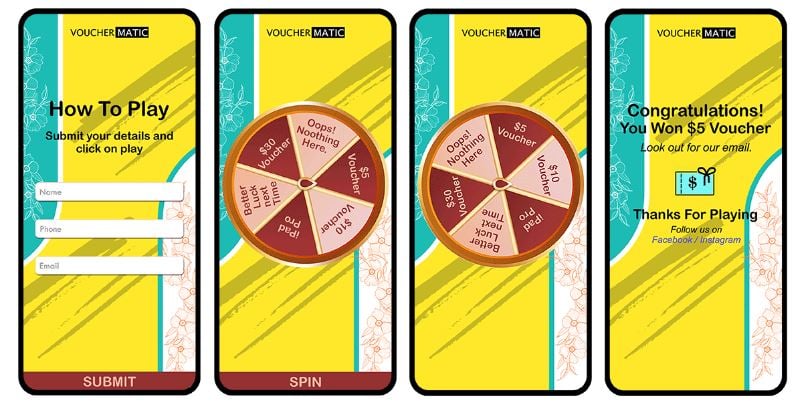
What’s better is that you can incorporate incentives into your minigames. If your customer earns enough points from playing your game, then they can redeem them for prizes such as discounts and vouchers.
The best part about gamification is that customers choose to interact with your brand of their own accord. You aren’t sticking an advertisement in their face—they are willingly devoting their time and effort. Eventually, they would associate positive feelings with your brand, and may in time become loyal customers.
Loyal customers indicate a longer customer lifespan, increasing your CLV. Which brings us to our next point…
4) Start a Loyalty Program
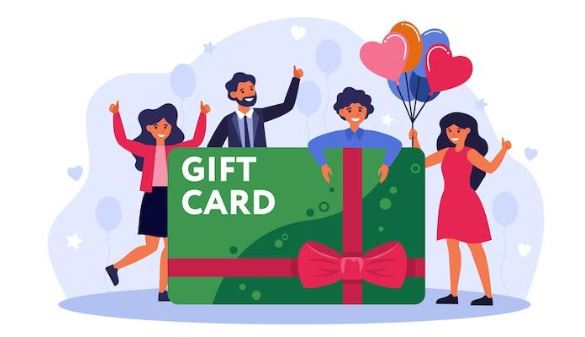
1 in 4 customers say that they would stay loyal to brands who reward customers for their continued patronage. 86% of customers are also more loyal to brands if they have a loyalty program in place, complete with rewards and incentives.
If these statistics aren’t convincing you to start on a loyalty program, then I’m not sure what will. Loyalty programs are an easy way for you to offer rewards to customers who make repeated purchases from you. In a sense, it’s customer engagement—you are letting them know that they are loved by your brand, and that you value their business.
Loyalty programs tend to take the form of stamp cards or points systems, be it traditional or digital. These are the most basic types, but they would get the job done.
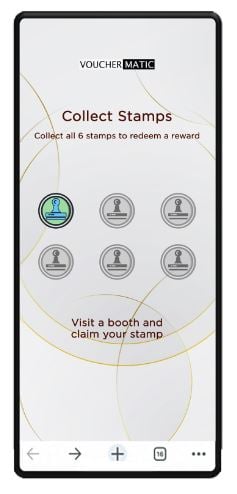
Digital loyalty programs have an edge over traditional ones since you can implement gamification into it, such as real-time point collection, level ups, or little avatars and themes as rewards. This can help you appeal to the 95% of customers who want to engage with brands’ loyalty program through new technologies.
Also, digital loyalty programs help you collect data on your customers’ purchases more easily. By tracking what kind of products customers buy and at what frequency, you would know which customer segment to retarget, and what kind of discounts and deals you can offer them.
Loyalty programs go a long way in helping you to retain customers. Don’t underestimate the effect of a simple loyalty card—it just may net you that extra 67% of revenue from loyal customers as compared to new ones. With more revenue and a longer customer lifespan, it’s no wonder that CLV of loyal customers are greater than that of fickle ones.
5) Encouraging Customer Feedback
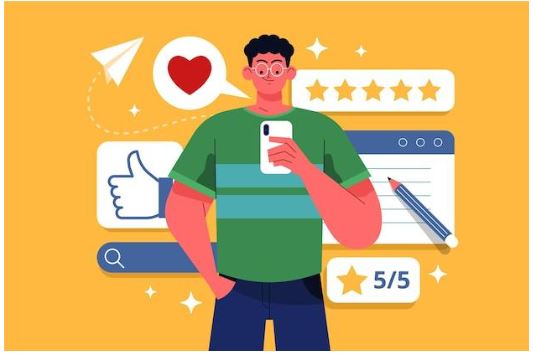
Customer feedback is vital to the improvement of your business. It’s only by capturing customer feedback that you’d know where your operations are doing well, and which ones have gone south. However, according to Esteban Kolsky, only 1 in 26 customers would provide the brand with their feedback unprompted. The other 25 would remain totally silent.
You should encourage those 25 people to leave their feedback—they give you a better idea of how your company is doing, so your results are more accurate and not skewed towards the perception of one person. The easiest way to urge people to give their feedback is through offering incentives.
SMG found that 85% of people would give their feedback if they were offered some kind of incentive. To play into that, you could offer your customers little rewards such as vouchers to be used on their next purchase to incentivise them to share their review. This is a win-win situation—both you and your customers are happy.
Not only can you improve on your business to attract more customers or to better engage your existing ones, you can make sure that your customers feel heard. When they feel that their voice has reached the brand, they would feel more cared for and engaged with the brand.
Greater engagement means the cultivation of loyalty. More loyal customers lead to a higher CLV.
6) Customer Service Recovery
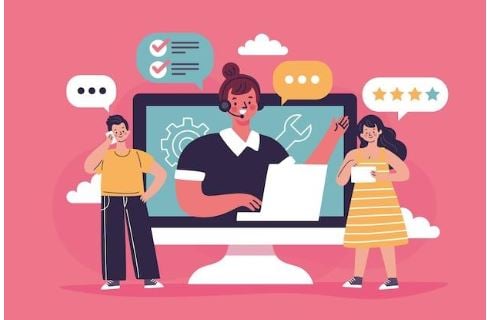
It is unheard of for a company’s operations to be smooth-sailing all the time. Operate long enough, and you will inevitably meet with some bumps along the road. When something goes wrong, your customers will be unhappy, and you would need to do all in your power to chase that dissatisfaction away.
Why customer service recovery is so important is because 59% of consumers would try a new brand simply because it has better customer service. It doesn’t sound like much, but when you consider that 32% of all customers would stop doing business with a brand they loved after a single bad experience really puts it into perspective. That’s a whole third of all your customers.
Naturally, your CLV is going to take a massive hit. It could have a significant impact on your revenue.
What you can do when something veers off the road is to compensate your customers and ensure that you investigate and eliminate the cause of their frustration. Compensation can come in the form of apology vouchers and discounts. This can help to quell customers’ simmering rage whilst you settle the issue.
Sometimes, good customer service recovery can override awesome customer engagement at building loyalty if done right. Good customer service recovery assures customers that you would do all in your power to keep their bad experience to a minimum, and that you will not simply brush off their problems.
It would increase your customers’ trust in you, and it is likely that they would do business with you again, with faith that you will come through for them. With greater loyalty comes a longer customer lifespan, and greater CLV.
Conclusion
CLV is a great way to measure the total amount of revenue you would gain from a customer, and improving it is not always easy. The most effective way would be to build a rapport with them and to convert first into paying customers, then loyal ones. Engagement is the most important. Couple that with good customer service recovery and good loyalty programs and you’ve got yourself a solid business.
With regards to that, Vouchermatic can help you! Specialising in voucher management systems, automated incentives, and gamification features, we are here to provide you with the best services to fulfil your customer engagement needs. Since we are a managed services company, everything technological will be settled by us—you need only to test out the final product and decide what kind of incentives you want to distribute to your customers.
What are you waiting for? Contact us here to kickstart your newest marketing campaigns today!
